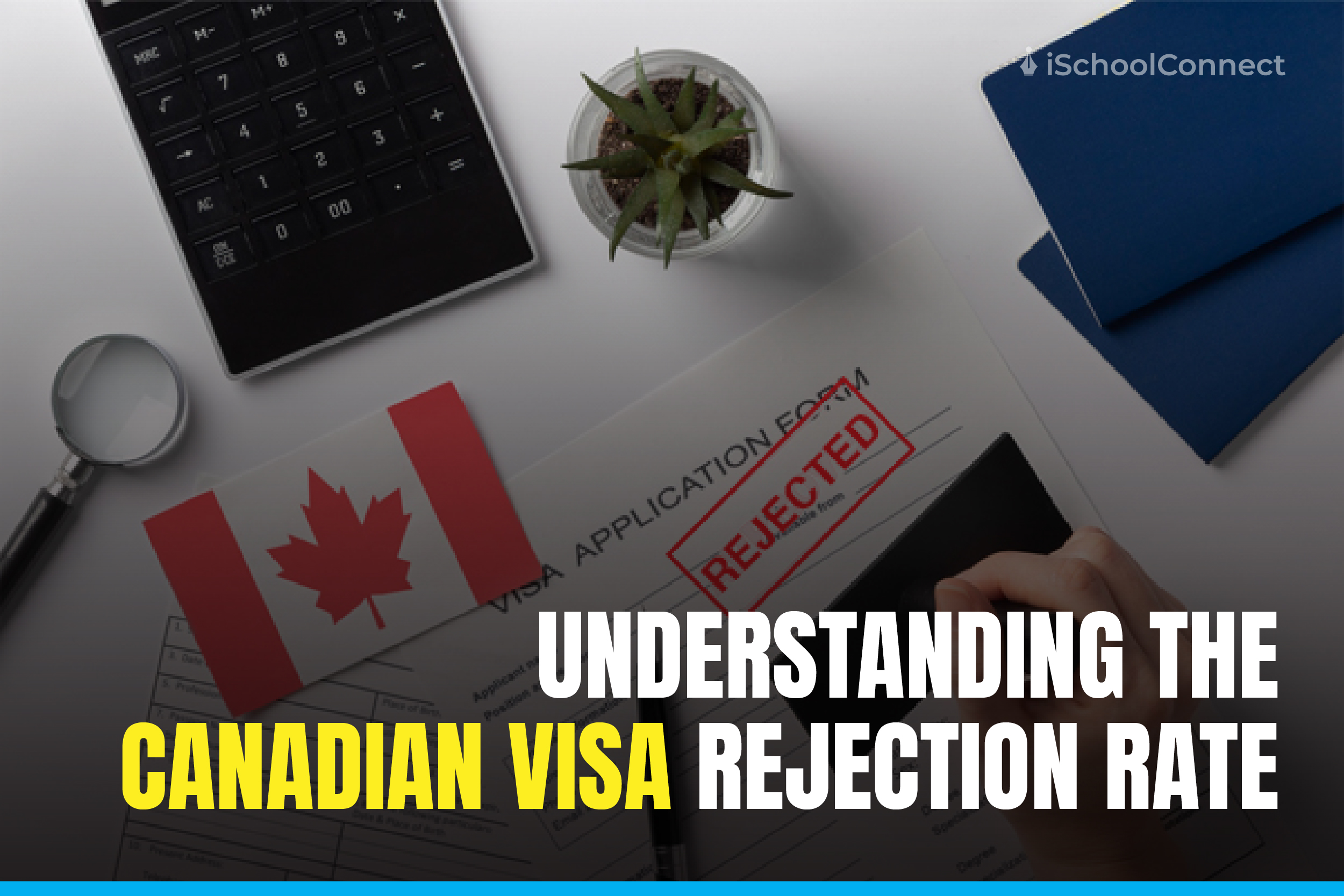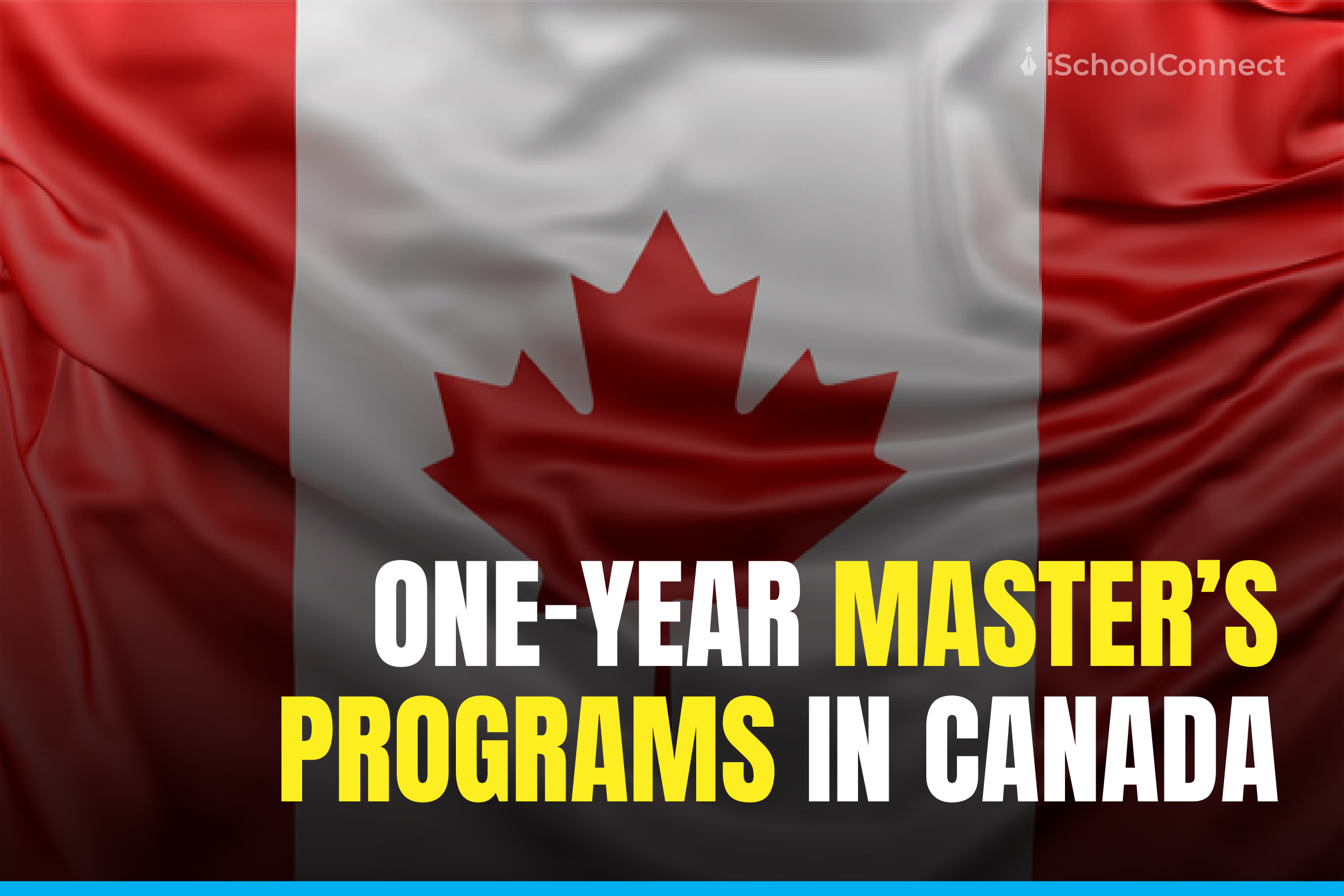Table of Contents
SDS Study Permit for Canada
Canada has long been a preferred destination for international students seeking high-quality education in a welcoming and diverse environment. The country offers a range of programs and institutions, making it an attractive choice for those pursuing their academic dreams abroad. To make the process more streamlined and efficient for international students, Canada introduced the Study Direct Stream (SDS) program. In this blog, we will discuss the SDS study permit for Canada and the updates on the IELTS requirement.
Understanding the SDS Study Permit
The Study Direct Stream (SDS) is a student permit processing program introduced by the Government of Canada. It’s designed to expedite the study permit application process for international students from select countries. The primary goal of SDS is to provide a faster and more efficient way for eligible students to obtain their study permits, thus enabling a smoother transition to study in Canada.
Eligibility for SDS

To be eligible for the SDS program, you must meet certain criteria-
- You must be a citizen of one of the participating countries. These countries include China, India, the Philippines, Pakistan, Vietnam, Morocco, and Senegal. Check the official government website for the updated list of eligible countries.
- You must have a valid letter of acceptance from a designated learning institution (DLI) in Canada.
- You need to provide proof that you have paid the tuition fees for the first year of your study program at the DLI.
- You must purchase a Guaranteed Investment Certificate (GIC) from a participating Canadian financial institution. This GIC should cover your living expenses for your first year in Canada.
- Before applying, you must undergo a medical examination by an approved panel physician and obtain a medical certificate as proof of good health.
- You’ll have to provide a police clearance certificate (if required) to demonstrate that you have no criminal record .
IELTS requirement for SDS
One of the essential components of the SDS program is meeting the language proficiency requirement. Updated in September 2021, to be eligible for the SDS program, you need to meet the following minimum IELTS score requirements-
Overall band score- 6.0 or higher
Individual skill scores- Each skill (listening, reading, writing, speaking) must have a minimum score of 6.0
It’s important to note that these requirements are subject to change, and IELTS score requirements can vary depending on the institution and study program you choose. Therefore, it’s crucial to check the specific requirements of your chosen DLI.
How to apply for SDS
Here’s a step-by-step guide on how to apply for an SDS study permit-
- Collect all the necessary documents, including proof of tuition payment, the GIC certificate, medical exam results, and police clearance certificates, if applicable.
- Take the IELTS test and ensure you meet the minimum score requirements of your chosen DLI.
- Create an online account on the official website of the Government of Canada for Immigration and Citizenship (IRCC).
- Complete the study permit application form online, ensuring you select the SDS option.
- Pay the required study permit application fee.
- Depending on your country of residence, you may need to provide biometrics, which include fingerprints and a photograph.
- Upload all required documents and submit your application online. Ensure that you provide accurate and complete information.
- After submitting your application, you will have to wait for the IRCC to process it. Processing time can vary, so applying well in advance is advisable.
- If requested, provide any additional information or attend an interview.
- Once you receive approval for your application, you will receive your study permit.
Recent IELTS requirement update
The IELTS requirements for international students in Canada changed in August 2023. IELTS Academic test takers in Canada do not need to get a score of minimum 6.0 bands in all individual areas of the test. Likewise, immigration policies and language proficiency requirements can be subject to revisions by the Canadian government in the future. Therefore, it is crucial to check the most recent requirements on the official website of the Government of Canada or consult with the Canadian embassy or consulate in your home country.
Key Takeaways
- The Study Direct Stream (SDS) program is a streamlined pathway for international students seeking to study in Canada, offering a faster and more efficient study permit application process.
- Eligibility for SDS includes citizenship from select countries, a valid acceptance letter from a designated learning institution (DLI), proof of tuition payment, a Guaranteed Investment Certificate (GIC) for living expenses and meeting specific health and background check requirements.
- The IELTS language proficiency requirement is a critical component of SDS eligibility, with a minimum overall band score of 6.0 and individual skill scores (listening, reading, writing, speaking) of 6.0 or higher.
- The application process for SDS involves creating an online account, completing the study permit application form, paying the application fee, and providing required documents, including biometrics, if necessary.
Share your thoughts in the comments below if you found this blog informative. Reach out to us for personalized guidance on studying abroad. Click here to get started!
Liked this blog? Read next: University of Sydney | Study here for an enriching experience!
FAQs
Q1. Is SDS visa processing time faster?
Ans- SDS aims to process study permit applications in four weeks, as opposed to the several months it takes for non-SDS candidates. Hence, its processing time is faster.
Q2. What is the success rate of the SDS study permit?
Ans- The average approval rate for SDS visa is 75-85%. International students prefer SDS Visas to study in Canada since the application procedure is completed in 20 days.
Q3. Which is better, SDS or non-SDS?
Ans- One advantage of the SDS program over non-SDS is that applicants do not have to submit a large number of documents to verify their financial eligibility, whereas non-SDS requires far too much documentation.






